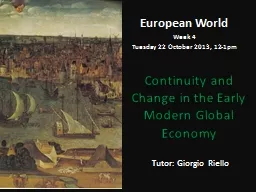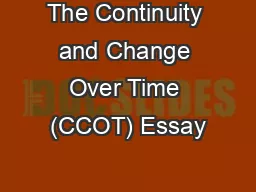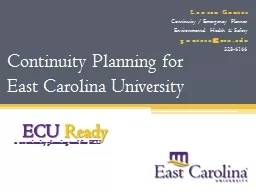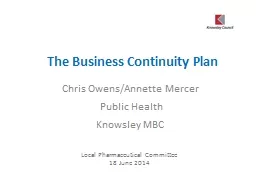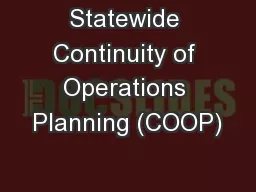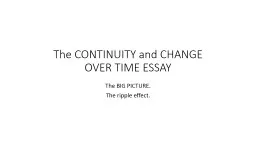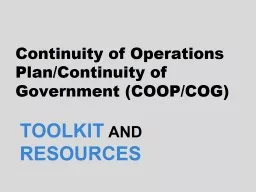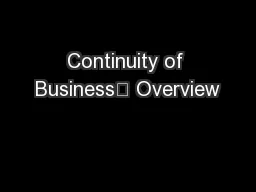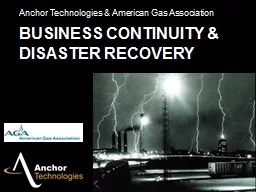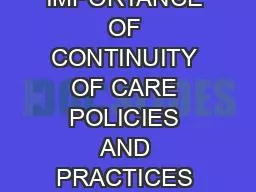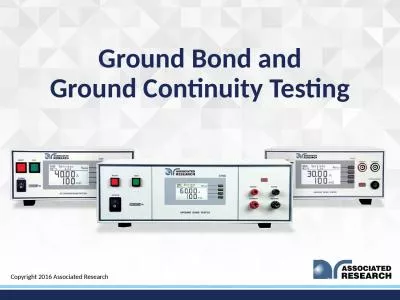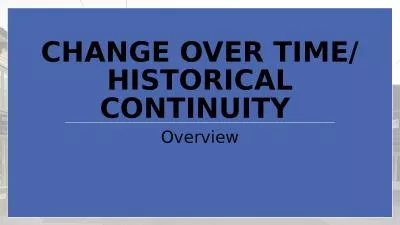PPT-Continuity and Change in the Early Modern Global Economy
Author : ellena-manuel | Published Date : 2017-01-26
European World Week 4 Tuesday 22 October 2013 121pm Tutor Giorgio Riello Lecture Structure The European economy c 1500 Rural and urban Rich and poor The trade
Presentation Embed Code
Download Presentation
Download Presentation The PPT/PDF document "Continuity and Change in the Early Moder..." is the property of its rightful owner. Permission is granted to download and print the materials on this website for personal, non-commercial use only, and to display it on your personal computer provided you do not modify the materials and that you retain all copyright notices contained in the materials. By downloading content from our website, you accept the terms of this agreement.
Continuity and Change in the Early Modern Global Economy: Transcript
Download Rules Of Document
"Continuity and Change in the Early Modern Global Economy"The content belongs to its owner. You may download and print it for personal use, without modification, and keep all copyright notices. By downloading, you agree to these terms.
Related Documents

